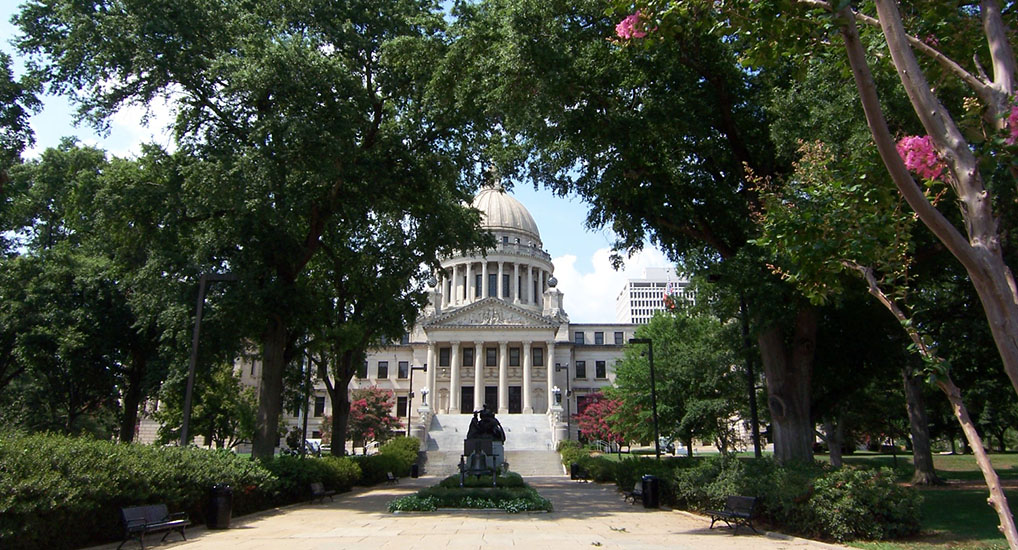To understand the Prime Rate, it helps to understand the Federal Funds Target Rate. The Federal Funds Target Rate is the interest rate that banks charge to loan money to other banks for overnight loans. The Federal Reserve, better known as The Fed, has a committee called the Federal Open Market Committee that meets eight times a year to look at open market operations and decide if they are going to raise or lower the Federal Funds Target Rate. Controlling the Federal Funds Target Rate helps control inflation.
The Prime Rate is the underlying interest rate on which financial institutions loan money to companies and individuals. The Prime Rate is determined by taking the Federal Funds Target Rate and adding three. Therefore, a Federal Funds Target Rate of 2.5% means the prime rate will be 5.5%.
If you have ever looked at a credit card application, you probably noticed language similar to, "These APRs will vary with the market based on the Prime Rate." Further, the credit card literature may state that the interest rate will be 7.49% plus the Prime Rate. This language means the credit card would have an interest rate of (7.49% + the Prime Rate of 5.5% =) 12.99%.
Although generally not as high as a credit card interest rates, mortgage loan interest rates are, also, based on the Prime Rate. Each financial institution has its requirements and policies for computing consumer interest rates usually based on the Prime Rate, consumer credit reports, and other factors.
When the Prime Rate goes down, the amount of house an individual can afford to buy goes up. Conversely, when the Prime Rate goes up, the amount of house an individual can afford to purchase goes down.
The moral of the story is: you want to purchase property when the Prime Rate is low.
For more information on purchasing property and for help determining what you can afford, speak with a REALTOR®. REALTORS® are the Voice for Real Estate

